Payment Plan
Agreement
Jim Clark Co
Free Template
A payment plan agreement outlines how payments are divided into scheduled installments between a business and its customer, detailing payment amounts, timing, methods, and describes how ongoing payments are handled.
Payment plans are structured payment arrangements describing how customers pay balances over time instead of through a single transaction. They are used by businesses across industries to organize payment timing, maintain predictable revenue, and offer customers manageable installment options.
A payment plan agreement generally outlines details that define how payments are scheduled and recorded. While formats vary, several elements appear in most agreements:
These elements form the basic structure commonly seen in payment plan agreements used for recurring or installment-based transactions.

Payment plans vary by structure and purpose. Businesses select the type that aligns with their operations and customer needs.
Each format represents a practical method of managing payments through structured installments.
An invoice-only model involves one payment after delivery of goods or completion of services. A payment plan divides the same amount into several scheduled installments over time.
Businesses often use invoice-only billing for straightforward, one-time transactions, while payment plans may be applied when customers require gradual repayment. Both methods are recognized commercial practices; the choice depends on transaction type, customer arrangement, and internal payment procedures.

Payment plans often differ by customer category, transaction size, and financial cycle. Adjusting payment timing or frequency can help match practical needs.
Such variations demonstrate how payment structures adapt to different transaction patterns without changing their administrative nature.
A payment plan agreement outlines structured payment timing between a business and its customer. It records payment amounts, intervals, and methods, functioning as an administrative reference that organizes transactions over time.
Businesses use payment plans to manage recurring payments and maintain steady revenue flow. Customers use them to handle balances in installments that fit within their budgets. Payment plans are applied across many industries, including retail, services, construction, and education, covering both project-based and ongoing payment arrangements.

Jim Clark Co
Jim Clark Co
This Payment Plan Agreement ("Agreement") is made and entered into on , by and between (Legal Name) "Creditor", and (Legal Name), "Debtor". The Creditor and the Debtor may collectively be referred to as the "Parties."
1. Total Amount Owed
The Debtor acknowledges owing the Creditor a total sum of $ for .
2. Payment Schedule
The Debtor agrees to repay the total amount owed in installments according to the following schedule:
All payments shall be applied toward the outstanding balance unless otherwise agreed upon in writing.
3. Accepted Payment Methods
Payments under this Agreement may be made using .
The Parties agree to notify each other in writing of any changes to preferred payment methods.
4. Acceleration Clause
If the Debtor fails to make any scheduled payment within days of the due date, the Creditor reserves the right to demand immediate payment in full of the remaining balance. The Creditor may also suspend any goods or services being provided under the original agreement, if applicable.
5. Amendments and Modifications
This Agreement may be modified only with the written consent of both Parties. Any amendment must be signed by both Parties and specify the changes to the payment amount, schedule, or other material terms.
6. Termination
Either Party may terminate this Agreement under the following conditions:
Termination shall not affect the obligation to repay any balance that remains unpaid as of the date of termination.
7. Warranty of Authority and Enforceability
Each Party warrants and represents that they have the legal authority to enter into this Agreement and that this Agreement is valid and enforceable under applicable law. No oral promises or representations are binding unless included in this written Agreement.
8. Dispute Resolution
In the event of a dispute regarding the terms or performance of this Agreement, the Parties agree to resolve such disputes through:
Mediation
Arbitration
Small Claims Court
Civil Court Action
Jurisdiction shall be in the courts of , unless otherwise agreed in writing. Each Party shall bear its own legal fees unless otherwise awarded.
9. Entire Agreement
This Agreement constitutes the full understanding of the Parties and supersedes any prior agreements or understandings. Any addendums or changes must be in writing and signed by both Parties.
Answers to our most asked questions about payment plan agreements
Contact usDiscover more articles that align with your interests and keep exploring.